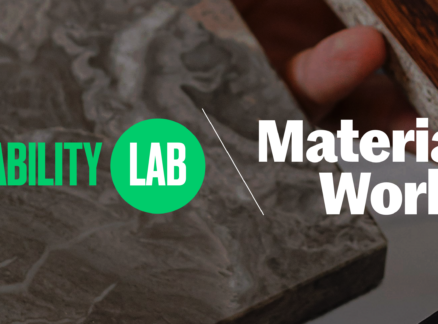
June 22, 2009
The Yale Building Project, Week 8: Jimmy
The Yale student-builders invent a name and personality for their elusive architectural idea.
Every Monday until mid-August, first-year graduate students at the Yale School of Architecture are blogging about their progress building an affordable, accessible owner-renter residence in New Haven. Click here to read the previous posts.
Case-study images in the studio. Photos: courtesy the Vlock First Year Building Project
This week we reach a turning point in the construction of the Building Project: The windows will be installed, the roofing material laid down, the siding put up, and the drywall hung. The cavernous shell of the building will be compartmentalized. Crisp, walled rooms will emerge from a field of two-by-fours. No longer will we shortcut between spaces, passing specter-like through walls, or carry on conversations across the two residential units.
 The house is now wrapped in Tyvek, close to being completely weather-tight.
The house is now wrapped in Tyvek, close to being completely weather-tight.
The major construction decisions so far have been about structure, layout, and functionality. Now they will concern material and light, and the perception created by the specific combination thereof. The decisions to be made are more nuanced from here on out, and more subjective. Hence the kinds of debates occurring in the ongoing design meetings. (Lengthy and, at points, contentious, requiring great stamina just to sit through them from start to finish.)
Left: the design wall after a meeting. Right: a row of study models. (Click to view larger images.)
The dynamic between a simple gabled box (the SIPs) and stick-frame interior form is, design-wise, what this house is fundamentally about. But the structural differences are about to be covered over. How then to express these basic conceptual differences, especially on a tight budget? This design issue has been so complex and so subject to dispute that the interior form has had to be personified just to be able to talk about it.
Enter “Jimmy.”
“Jimmy,” is what–or who–we’ve been calling this architectural idea. Giving a human name to something already abstract is possibly the ultimate act of abstraction. The absurdity of this has not been lost on us (in fact, it has provided endless amusement). Yet the name has stuck even despite intermittent protests because… what else do you call it?
An axonometric diagram showing the main construction components of the house, including Jimmy.”(Click to view a larger image.)
The name “Jimmy” sounds like your wholesome, all-American kid from down the street who maybe has a harmless streak of mischievousness in him. In truth, he is more troubled than the name would suggest. Jimmy has got identity issues. Those involved in the design have spent many hours debating about what surface material goes where, how this thickness looks from here or there, how this edge ends into that wall, how this or that surface turns the corner, etc. We continue to build models and make drawings to consider the possibilities. Final design decisions, even when made, are often overturned later.
The problem is that Jimmy has all the complexity and confusion inherent to a real human being. His chameleon-like quality, the capacity for being interpreted in multiple ways, does not help him architecturally. We can’t nail him down. Literally.
Top: Jimmy study models. Bottom: Jimmy even bursts through the exterior walls! (Click to view larger images.)
We have decided on the exterior cladding of Jimmy. (He punctures through to the outside sometimes!) A horizontal wood siding will contrast with the SIP exterior through use of a different dimension, pattern, and tone. Jimmy’s innards–the form and material of cabinetry and built-ins and the way they interface with the drywall–continue to be designed.
This week is important in another way too: It is the final week of work for many of us. Next Monday a pared-down crew of fourteen from our class will take over and the rest of us will go our separate ways for the remaining summer. Our, at times, sloppy, amateurish construction work must give way to precise finish-work. By the time I return at the end of August, Jimmy will have grown up and found himself–no longer personified, I expect, but as a piece of architecture.
 TA Philip, as seen through the opening for the shower faucet.
TA Philip, as seen through the opening for the shower faucet.
The Vlock First Year Building Project is partnering with Common Ground, a national supportive-housing developer, and the Connecticut Veterans Administration to build affordable, fully-accessible housing for female veterans. Check back next Monday for the ninth installment of the students’ weekly blog for Metropolis.










